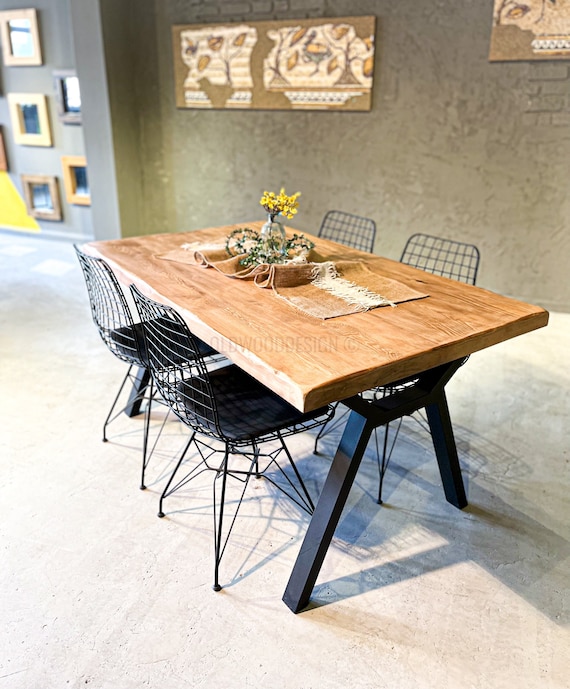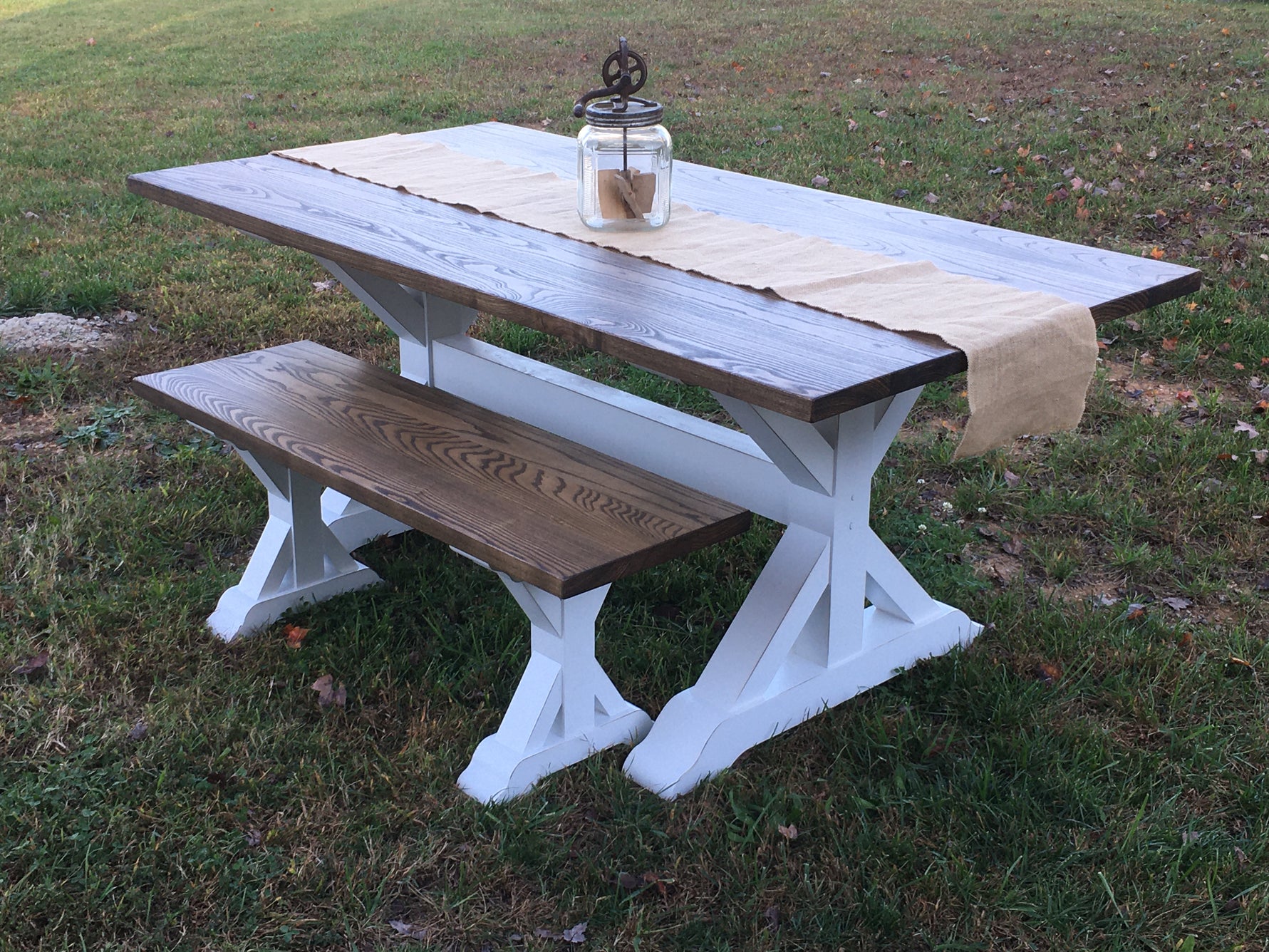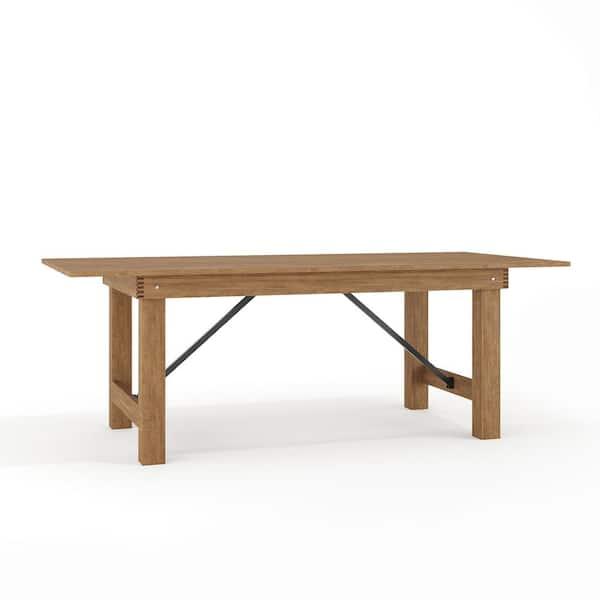Update Your Table's Appearance with Decorative Dining Table Legs Wood Styles
Update Your Table's Appearance with Decorative Dining Table Legs Wood Styles
Blog Article
Exploring the Different Kinds of Table Legs Wood for Your Eating Space
The choice of dining table legs timber can exceptionally influence both the visual and practical top qualities of your eating room. Solid wood options, such as oak and walnut, offer a traditional appearance with unparalleled durability, while engineered wood alternatives provide ingenious layouts that simulate the splendor of natural grains.
Solid Wood Options

Unlike crafted products, strong wood is less prone to bending and damage over time when correctly maintained. Each piece of strong timber is special, showcasing private characteristics that add to the appeal and personality of the eating table.
Furthermore, solid wood can be finished in numerous means, varying from natural oils to stained finishes, permitting home owners to individualize their furnishings to match their design. In summary, picking strong wood for eating table legs not just guarantees structural honesty however also boosts the aesthetic appeal of the eating location, making it a worthwhile financial investment for any type of home.
Engineered Wood Alternatives

Plywood, constructed from numerous layers of timber veneer, is particularly solid and steady, making it a superb choice for eating table legs. Its layered make-up enables it to endure adjustments in humidity and temperature level much better than traditional strong timber. MDF, on the other hand, supplies a smooth surface for paint or veneering, enabling developers to achieve a refined look while preserving architectural stability.
When selecting engineered timber choices, it is essential to consider the intended use and desired aesthetic. These materials not just boost the capability of eating rooms yet additionally permit for better style versatility, making sure that contemporary and standard styles can coexist sympathetically.
Reclaimed Wood Features
Redeemed wood supplies a special blend of sustainability and character, making it a progressively popular choice for dining table legs. Sourced from old barns, factories, and other frameworks, redeemed wood symbolizes a history that brand-new materials simply can not replicate. Each item brings its own story, noted by unique imperfections, knots, and varying grain patterns, which add to a table's special aesthetic appeal.
In enhancement to its aesthetic charm, reclaimed timber is an ecologically friendly alternative. By repurposing formerly used products, it decreases the demand for brand-new lumber, thus aiding to reduce and preserve forests waste. This straightens with an expanding consumer choice for lasting practices in home furnishings.
Additionally, redeemed wood is frequently extra long lasting than newly collected wood as a result of its age. The natural drying out process that recovered timber goes through results in a denser and more powerful product, making it less prone to warping and splitting. This improves the long life of dining tables, permitting them to endure the roughness of daily usage.
Softwood vs. Hardwood
When selecting dining table legs, comprehending the distinctions in between softwood and wood is essential for accomplishing both practical and visual objectives. They commonly show an even more rustic look, making them ideal for country-style or casual dining rooms.
On the various other hand, woods, sourced from deciduous trees like maple, cherry, and oak, are renowned for their density, stamina, and toughness. The complex grain patterns and abundant colors of hardwoods offer a advanced and timeless charm, making them suitable for formal dining setups. While hardwoods often tend to be extra pricey and much heavier, their durability versus damage commonly justifies the investment.
Eventually, the selection in between softwood and wood for eating table legs must align with your design vision, use requirements, and budget, ensuring that your eating area reflects your individual style while remaining useful in time.

Finishes and Therapies
The aesthetic appeal and longevity of eating table legs can be dramatically boosted via different surfaces and treatments. These processes not just secure the timber from damage but also boost its look, enabling it to complement varied indoor styles.
One usual therapy is discoloring, which permeates the wood and boosts its all-natural grain while adding color. Discolorations supply a rich, elegant appearance, enabling home owners to match their furnishings with existing design. On the other hand, resource clear surfaces such as polyurethane or varnish create a safety layer without altering the timber's original hue, making certain longevity against have a peek here wear and tear.
In addition, natural oils, like tung or linseed oil, nurture the wood and supply a subtle luster, all while being environment-friendly. These oils enable the surface area to breathe, protecting against wetness buildup and prospective bending.
For those seeking a rustic beauty, weathered or troubled coatings can be related to develop an aged look, including personality to the piece. Inevitably, the choice of therapies and finishes depends upon individual preference, preferred visual appeals, and the details wood type, making it vital to think about these factors when choosing table legs for your space.
Final Thought
Strong timbers, crafted options, and recovered choices each deal unique advantages, catering to numerous preferences and needs. Ultimately, the choice of wood kind need to straighten with wanted design, sturdiness, and ecological factors to consider, boosting the total eating experience.
The option of dining table legs wood can greatly influence both the practical and aesthetic qualities of your eating great site area - Dining Table Legs Wood. Solid timber alternatives, such as oak and walnut, supply a traditional look with unmatched durability, while crafted timber options offer cutting-edge layouts that simulate the richness of natural grains. Strong wood offers a classic high quality that can raise the general design of an eating area. Each piece of strong wood is unique, showcasing specific attributes that add to the beauty and character of the dining table
Moreover, reclaimed timber is commonly extra durable than freshly gathered timber due to its age.
Report this page